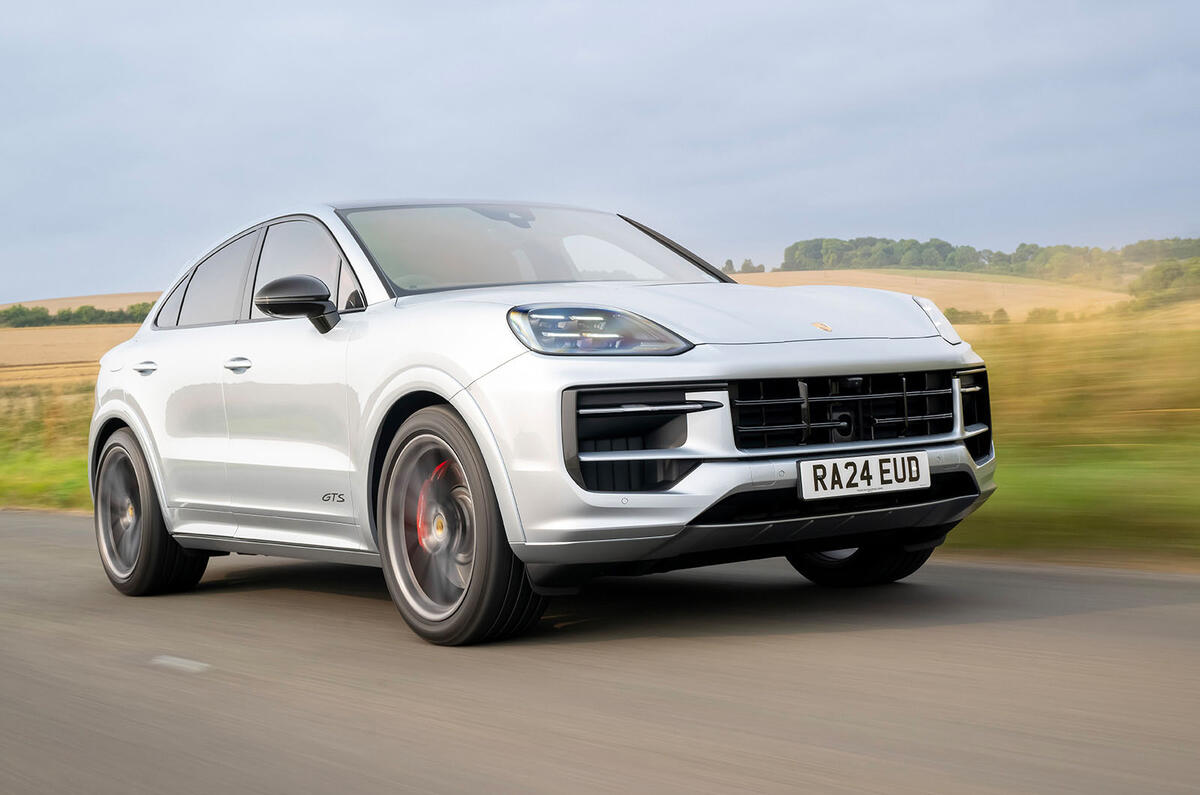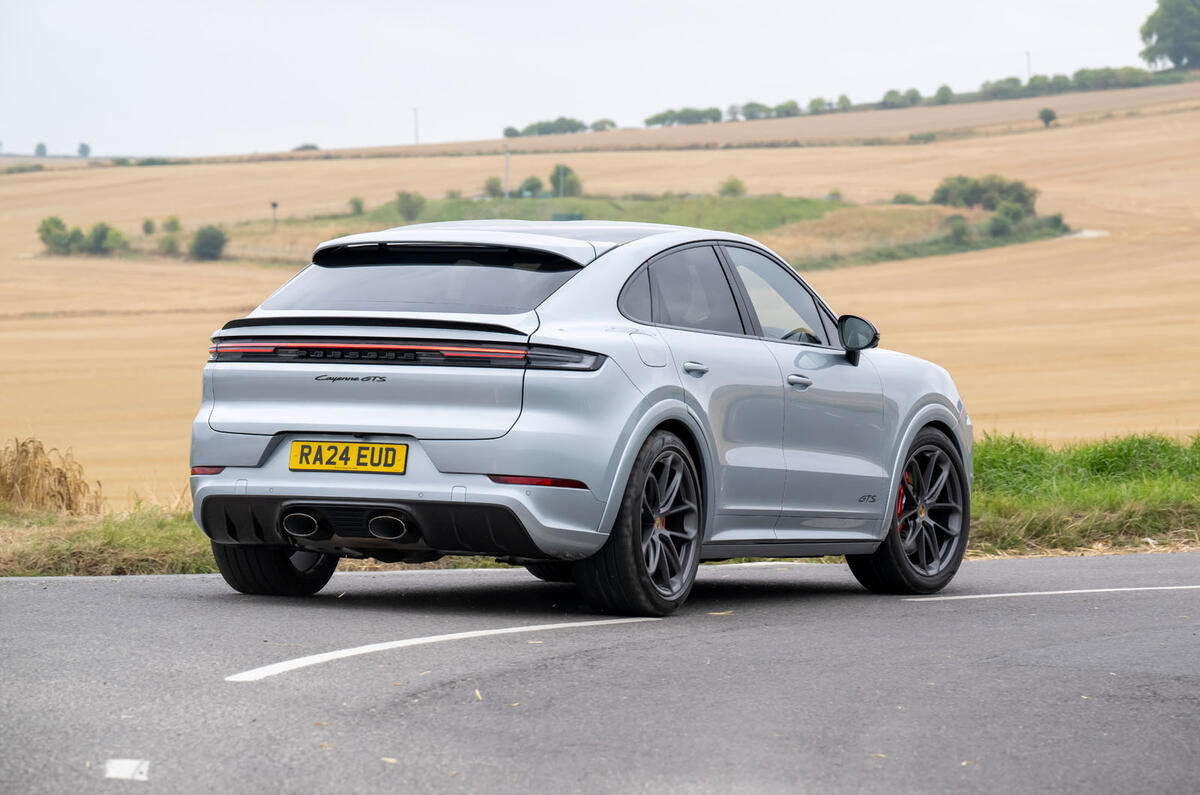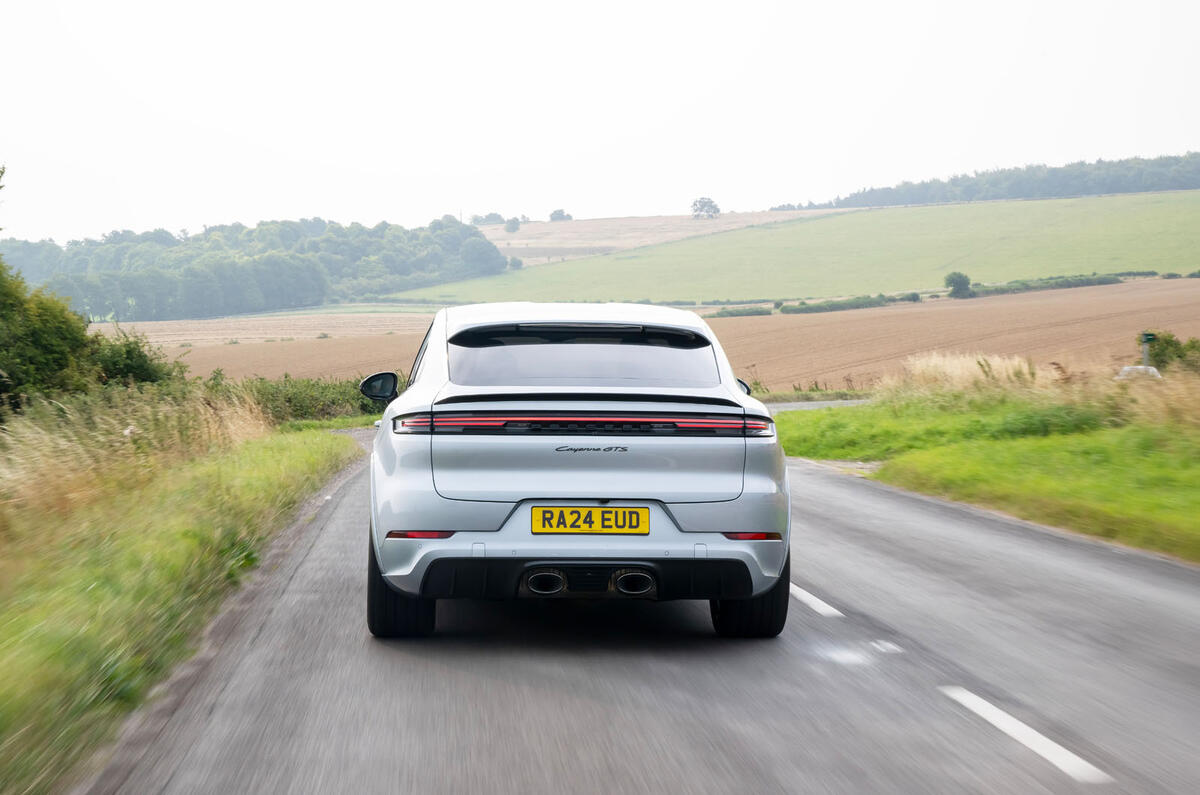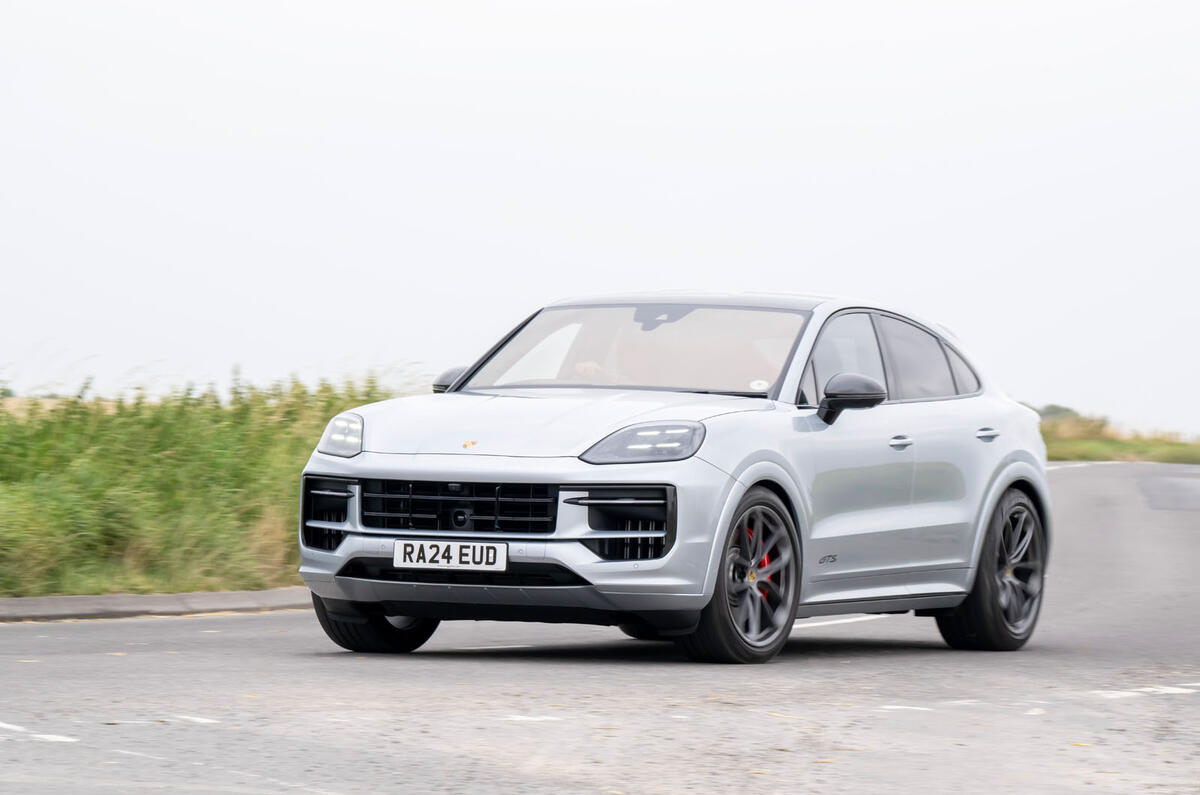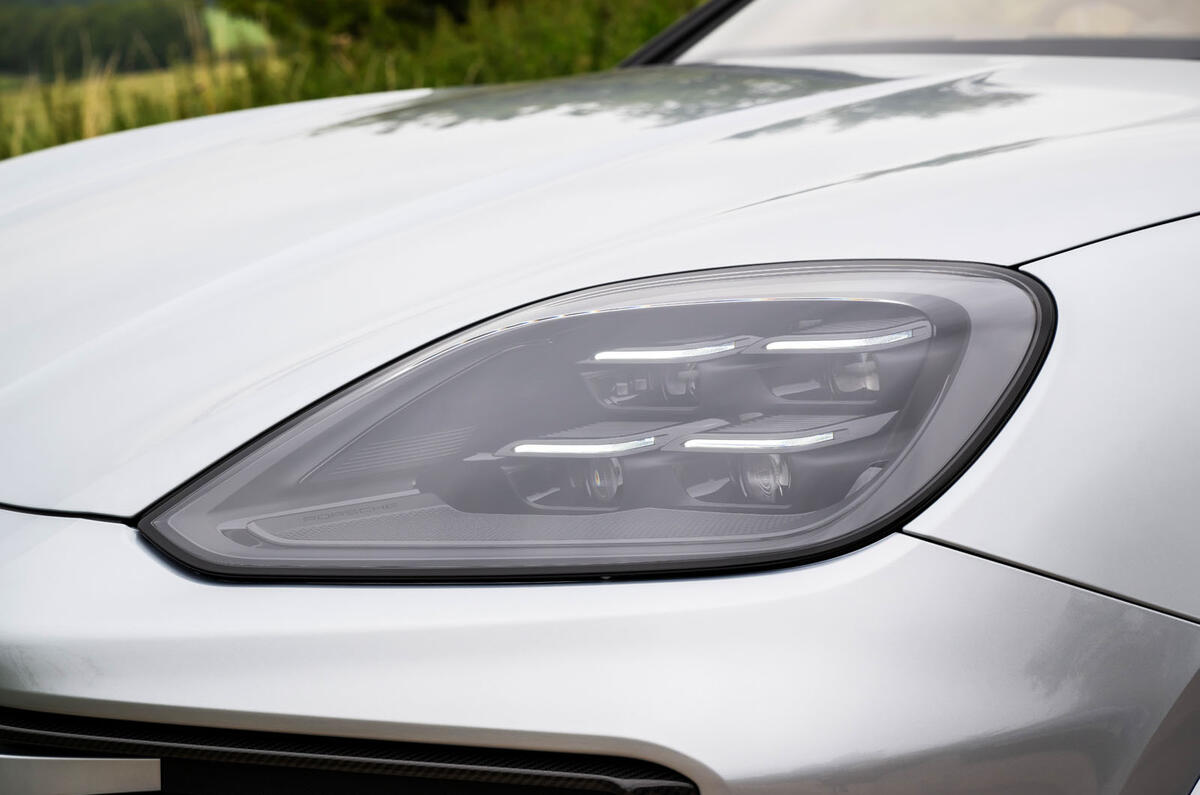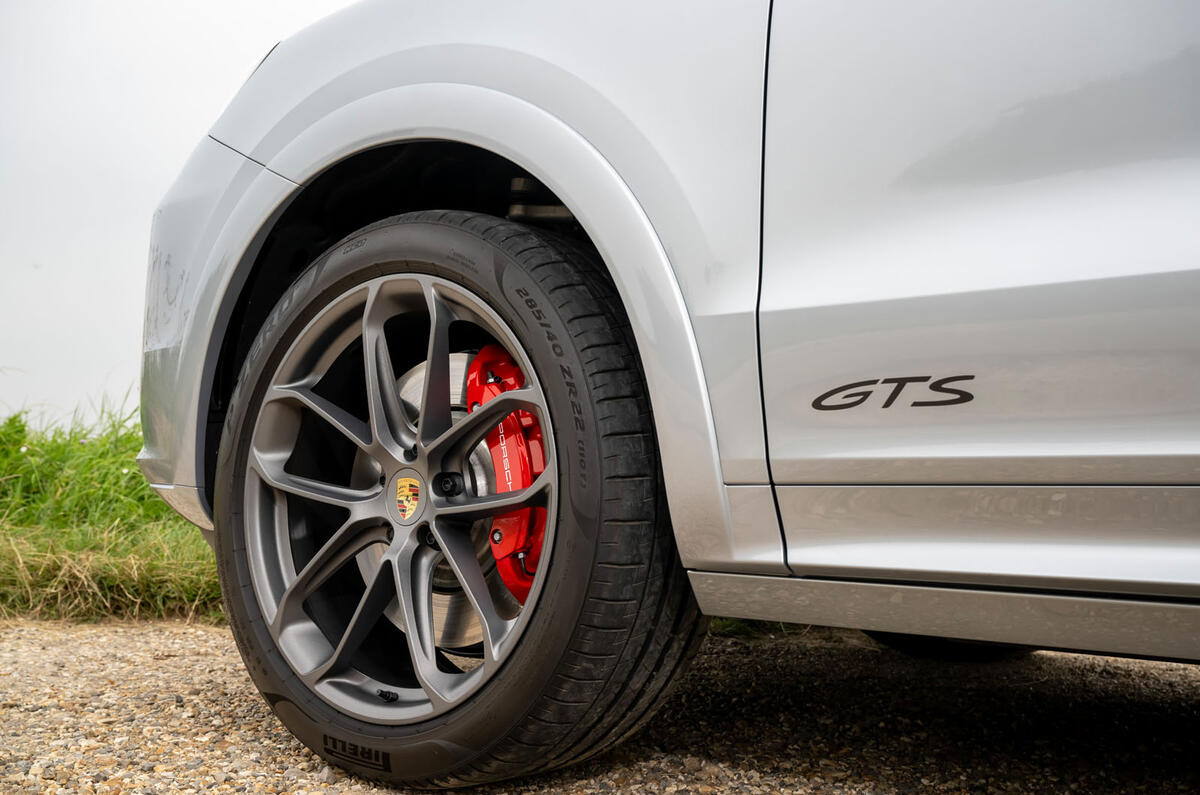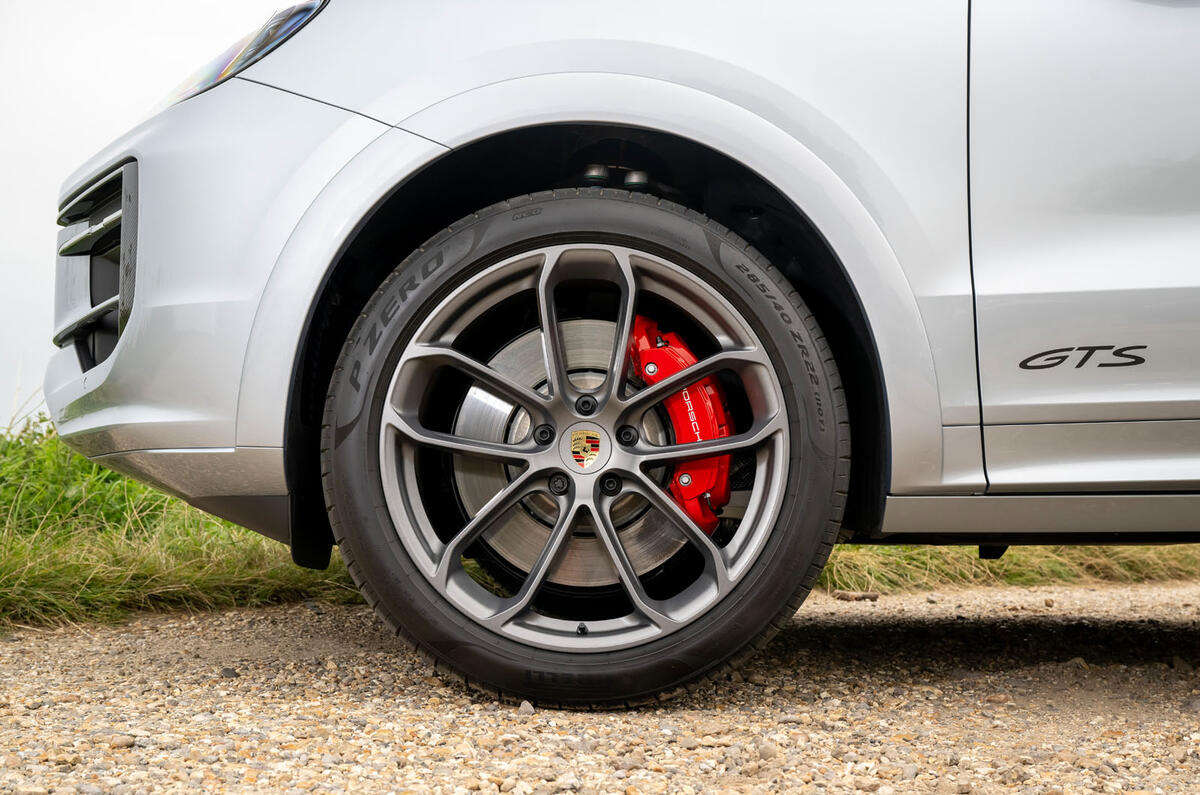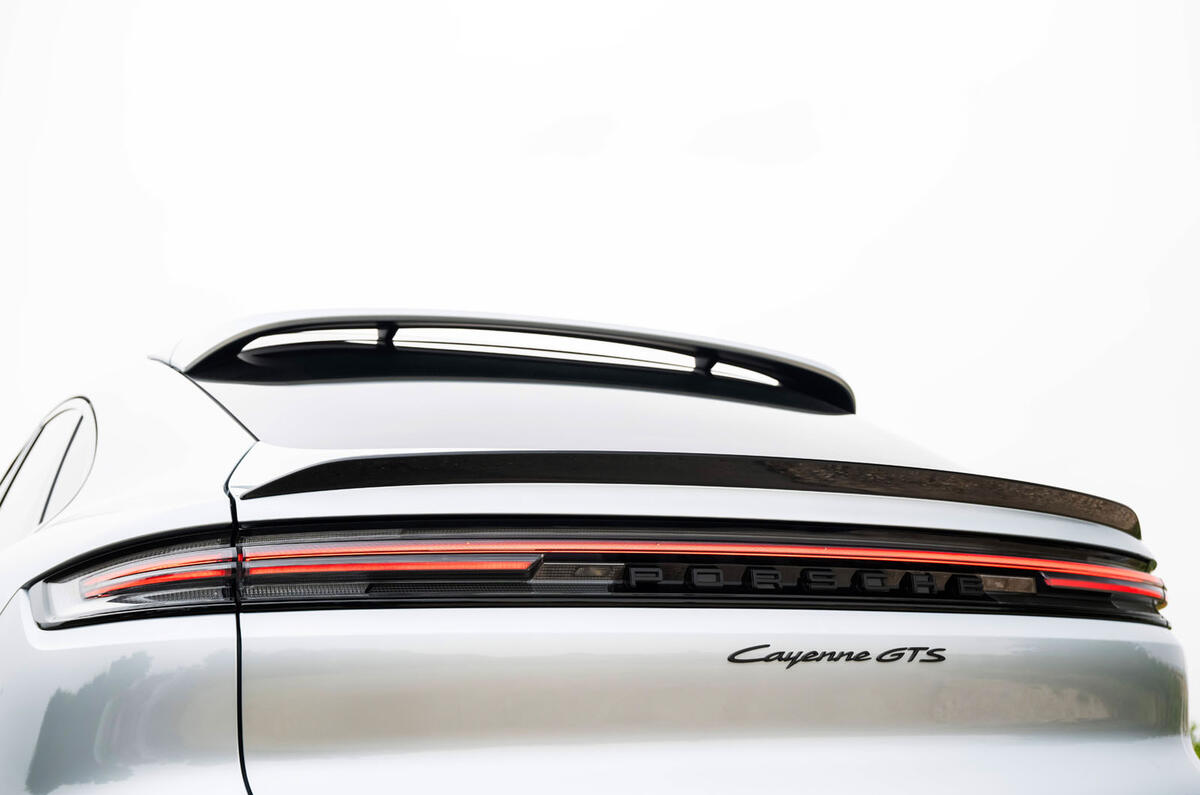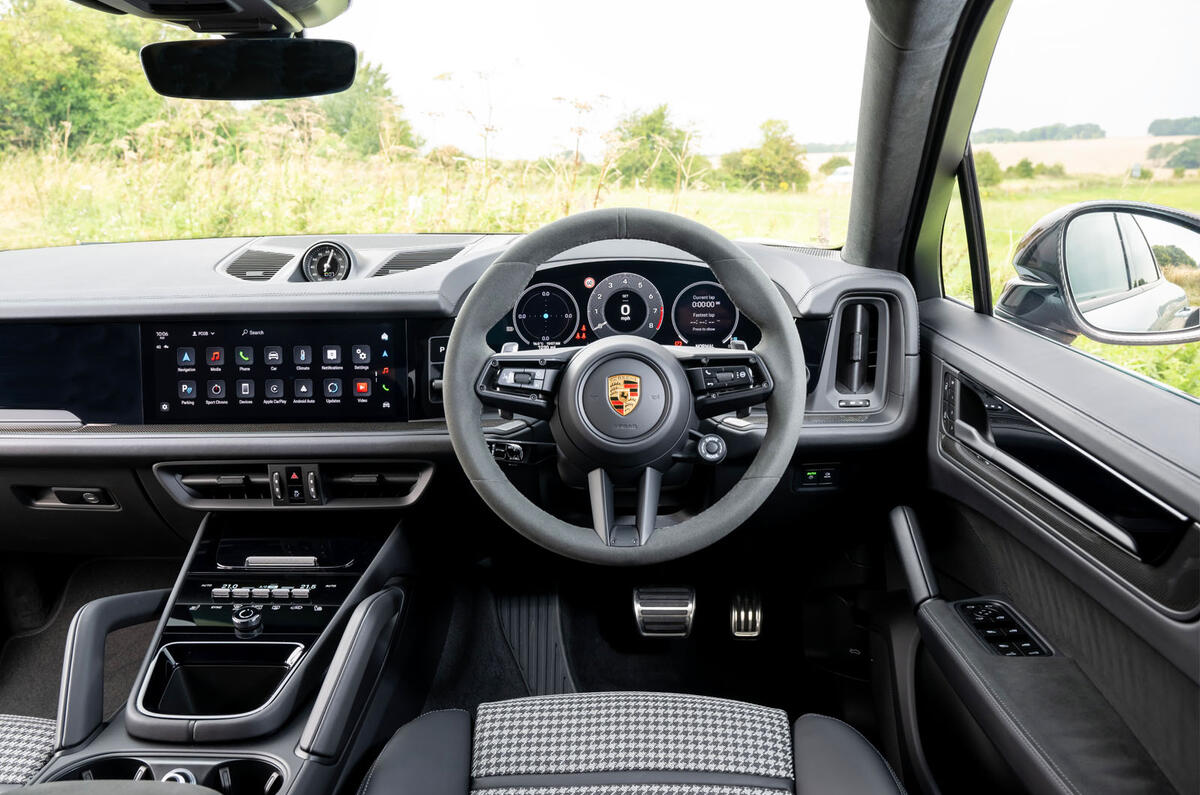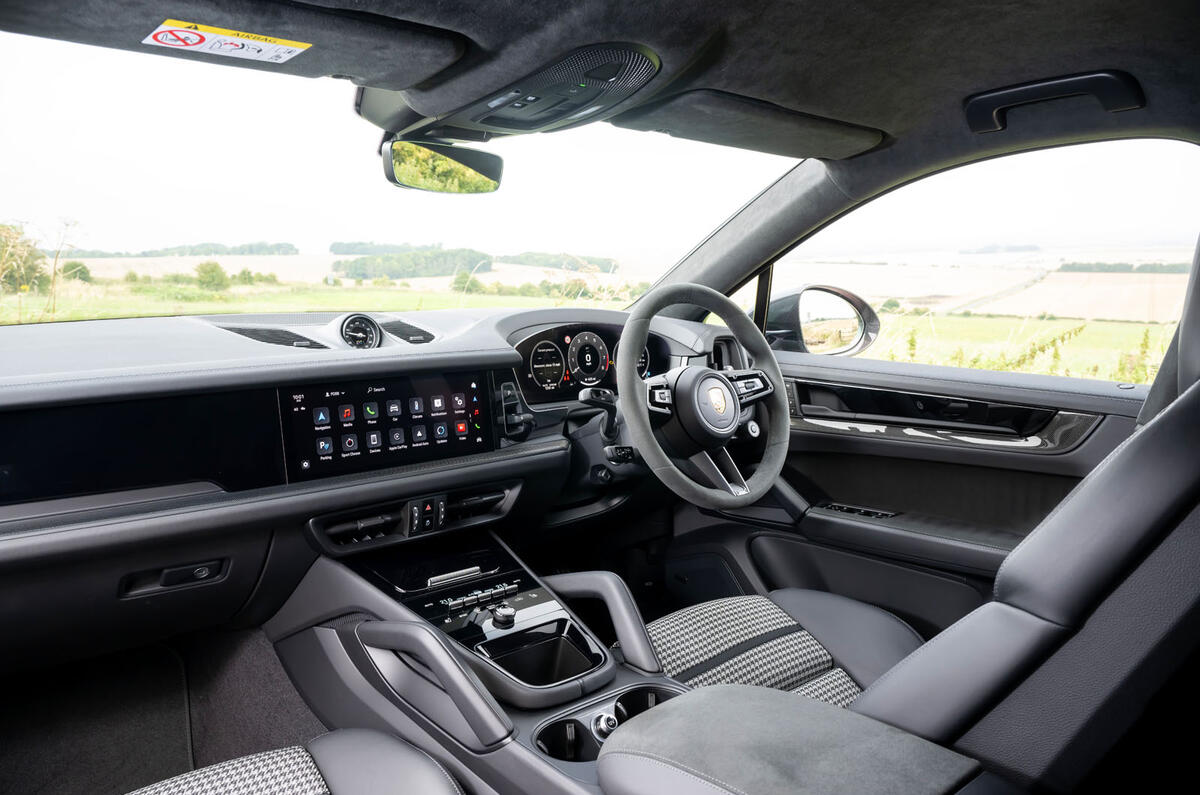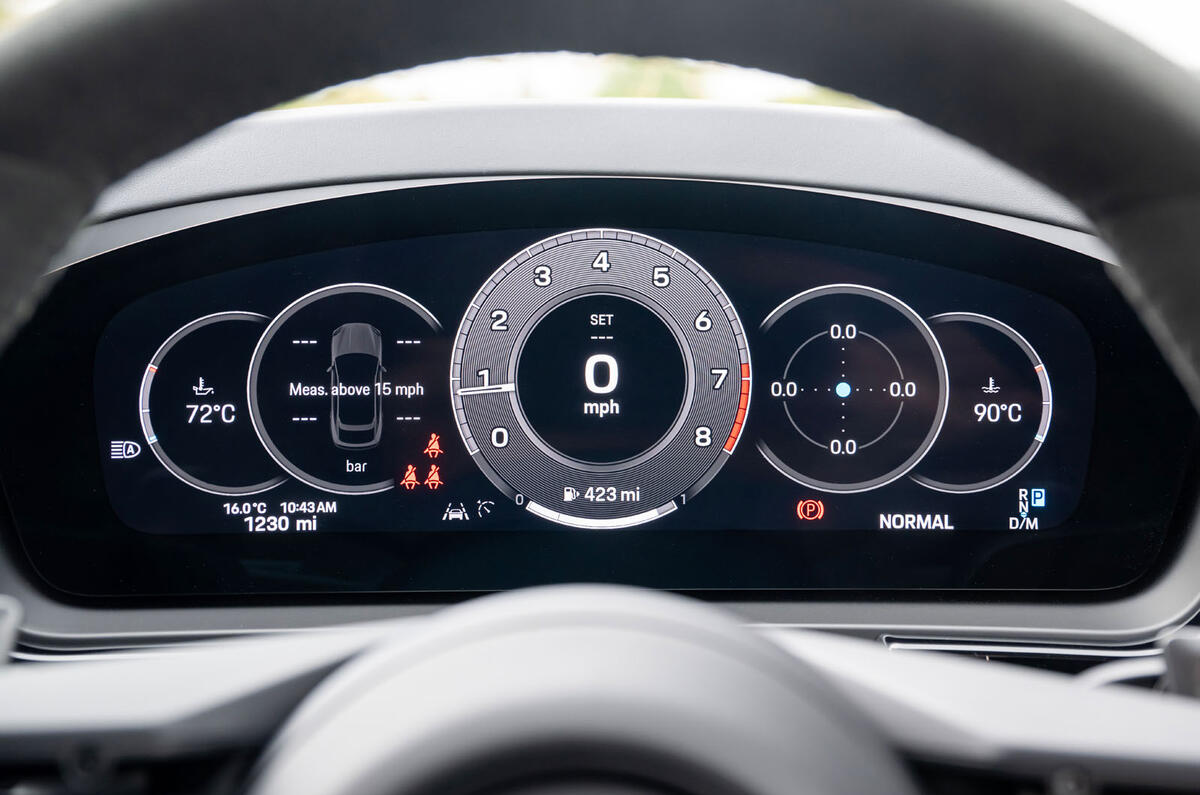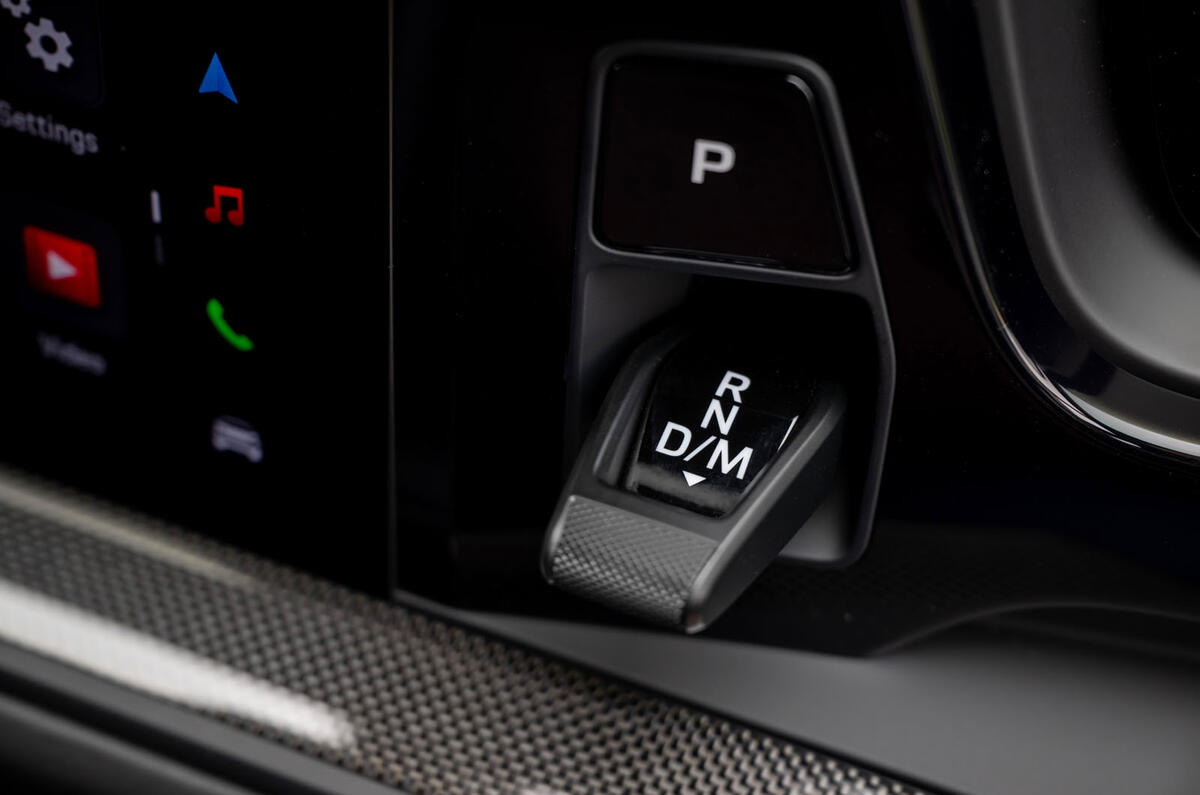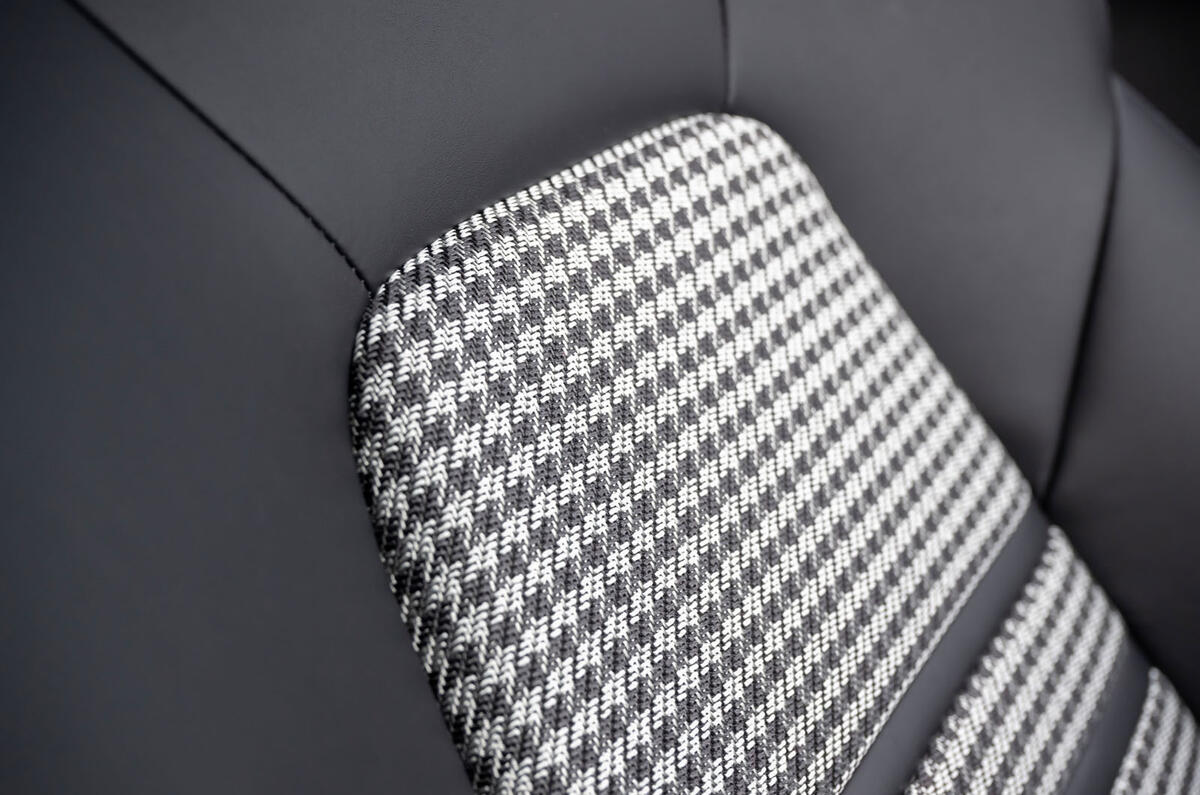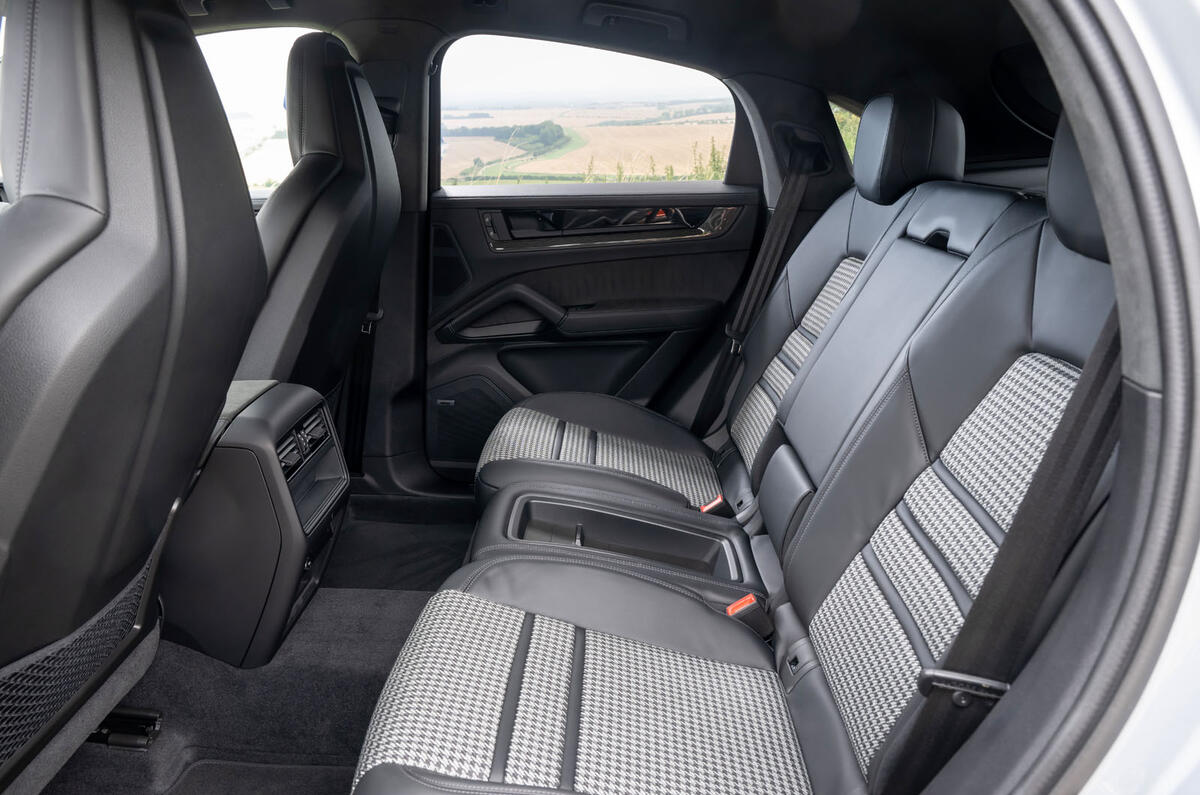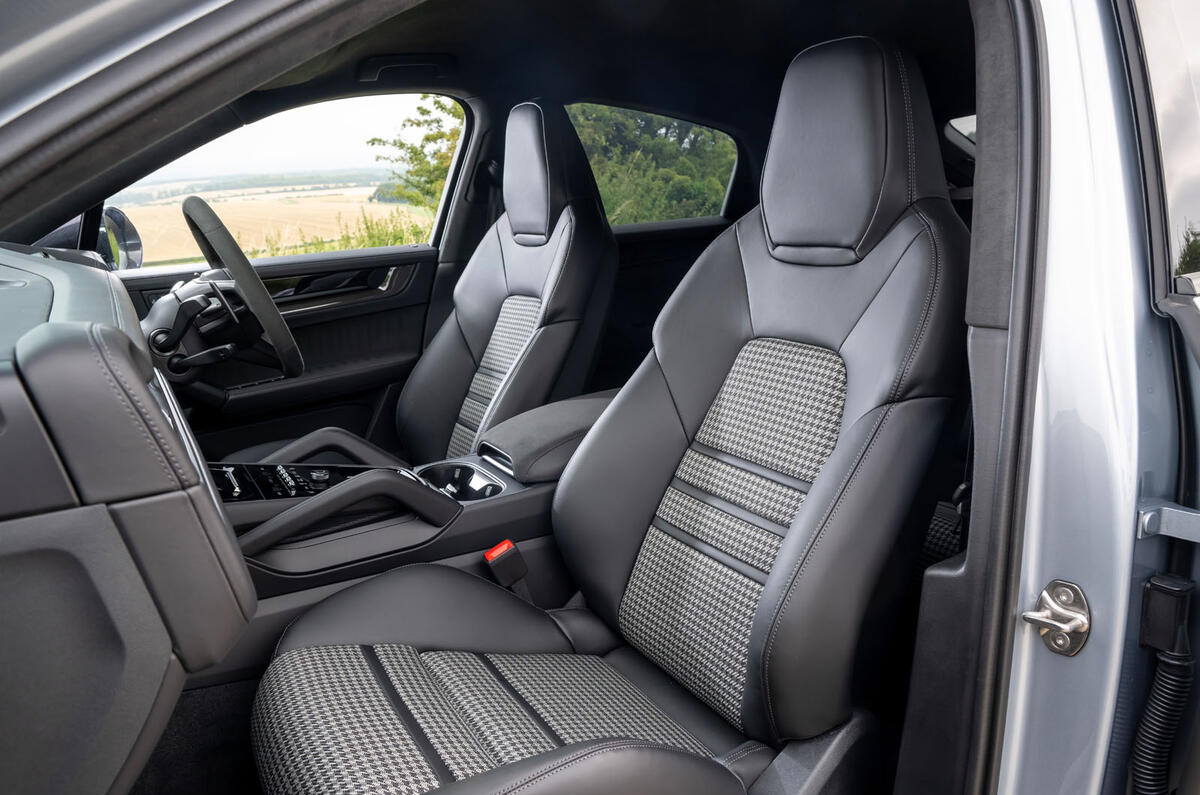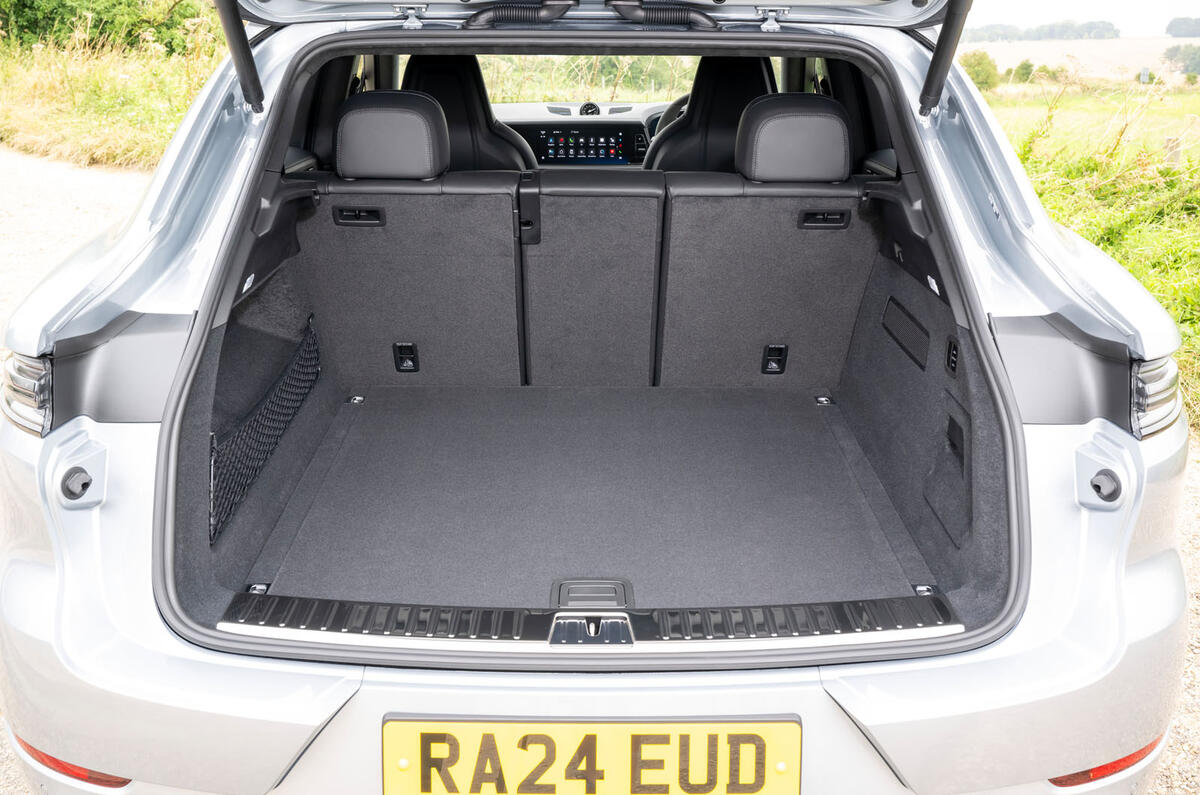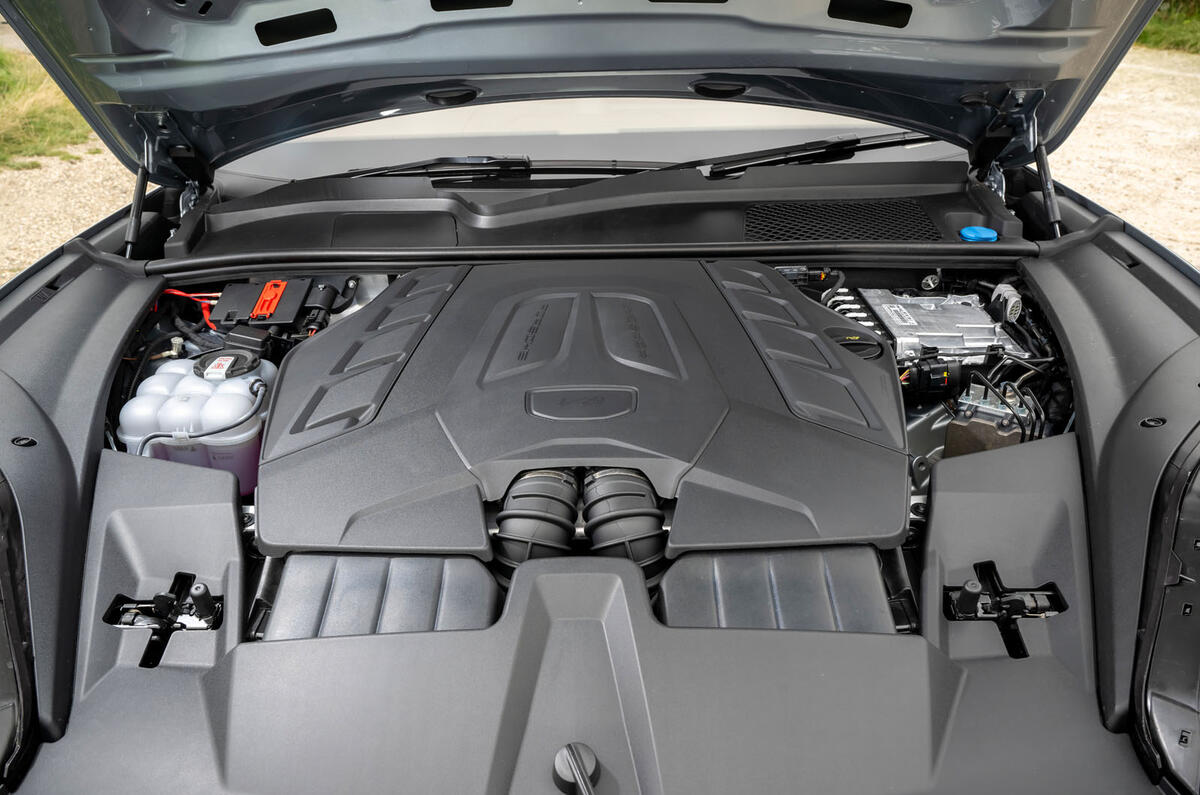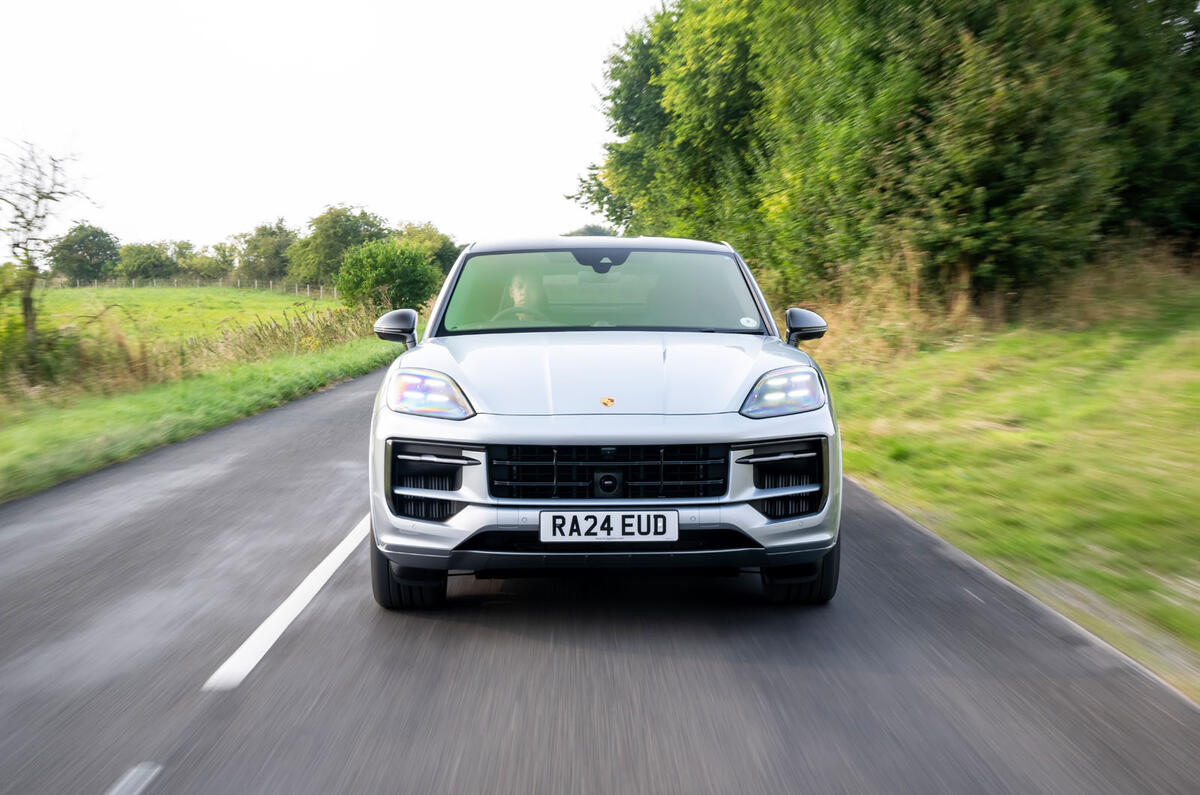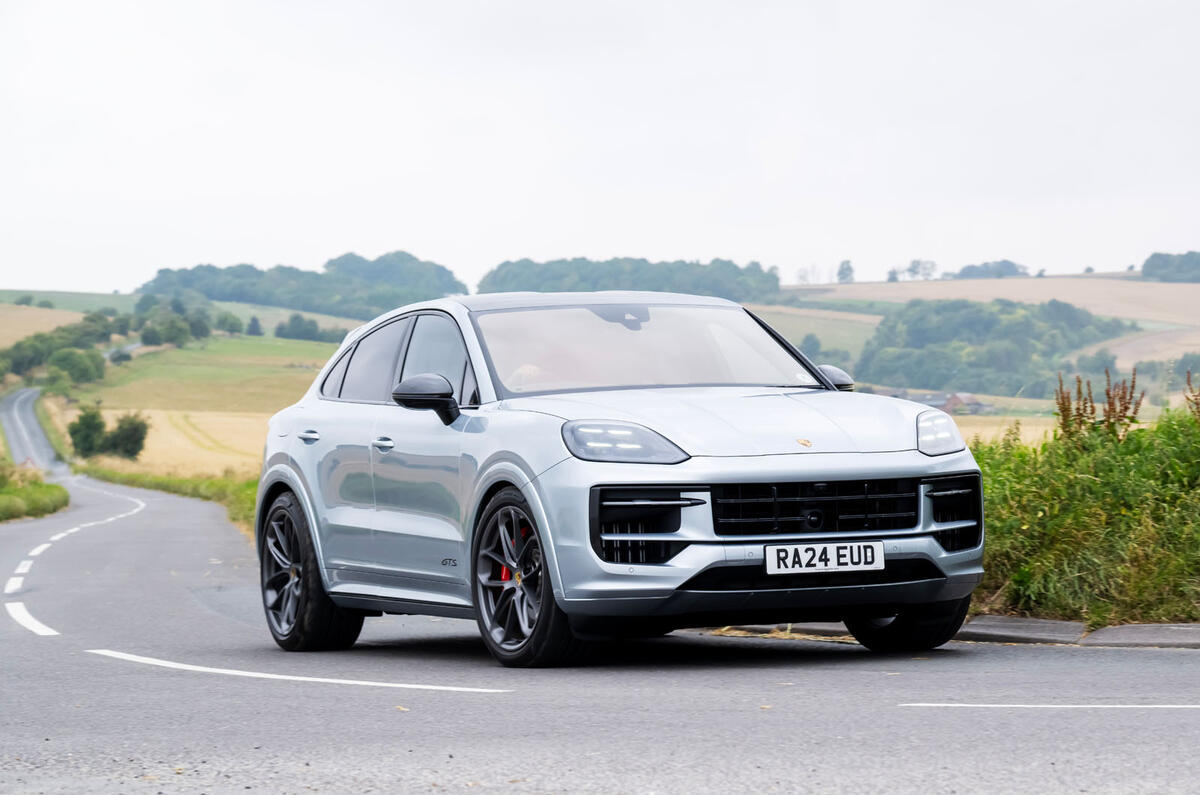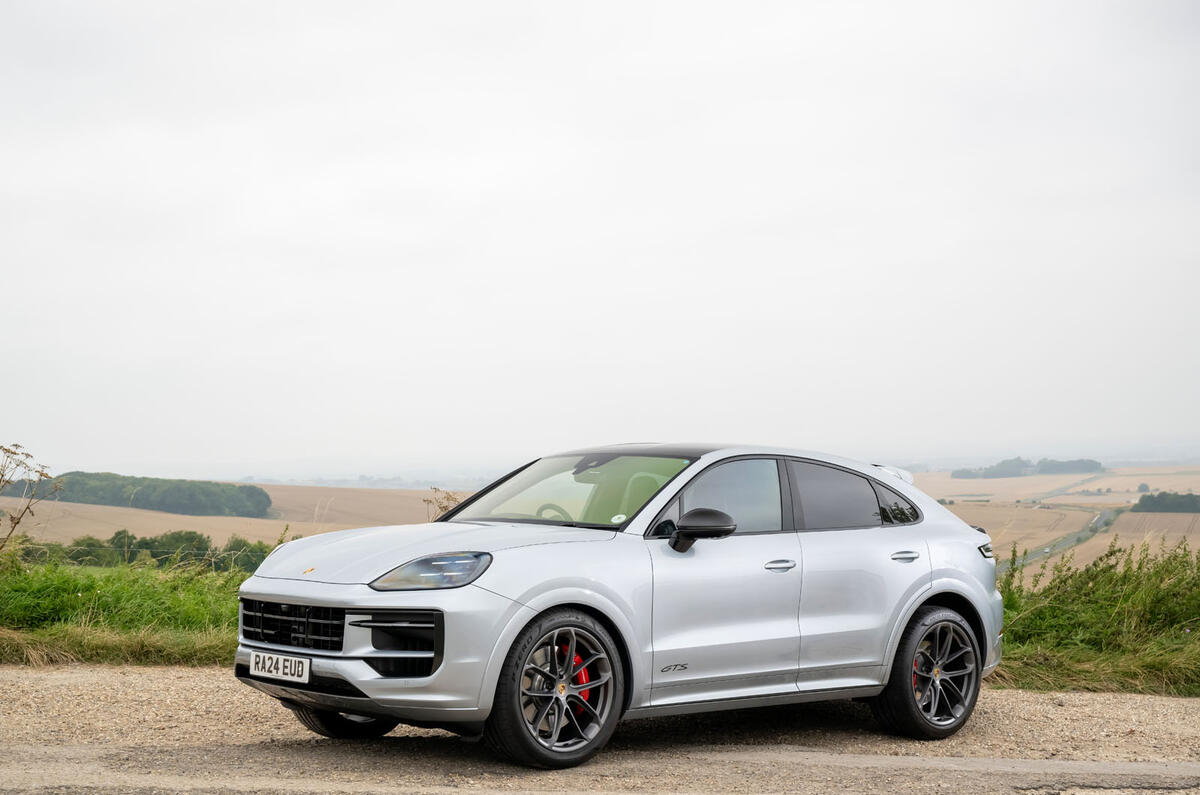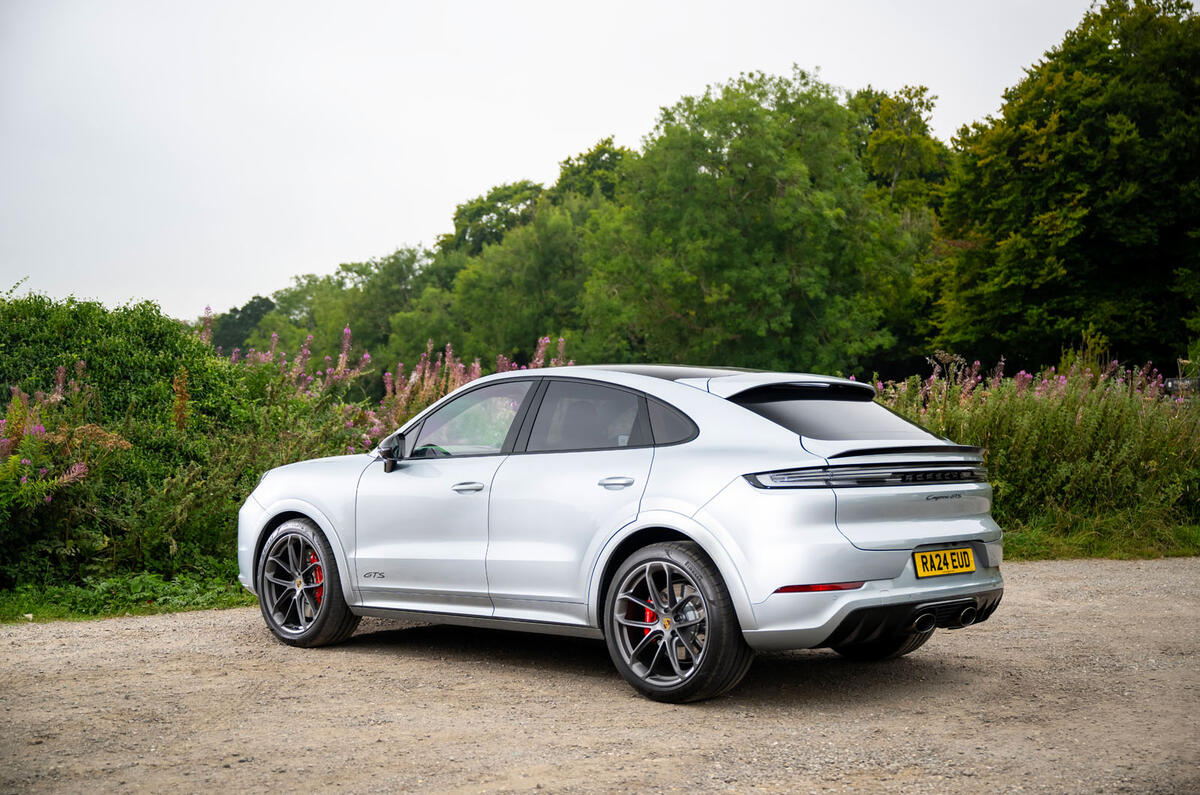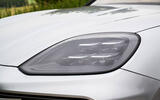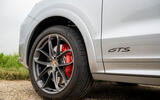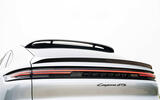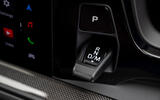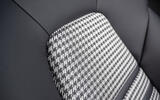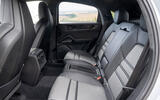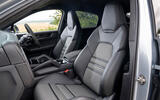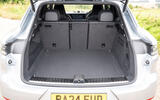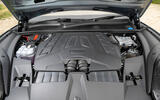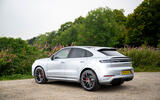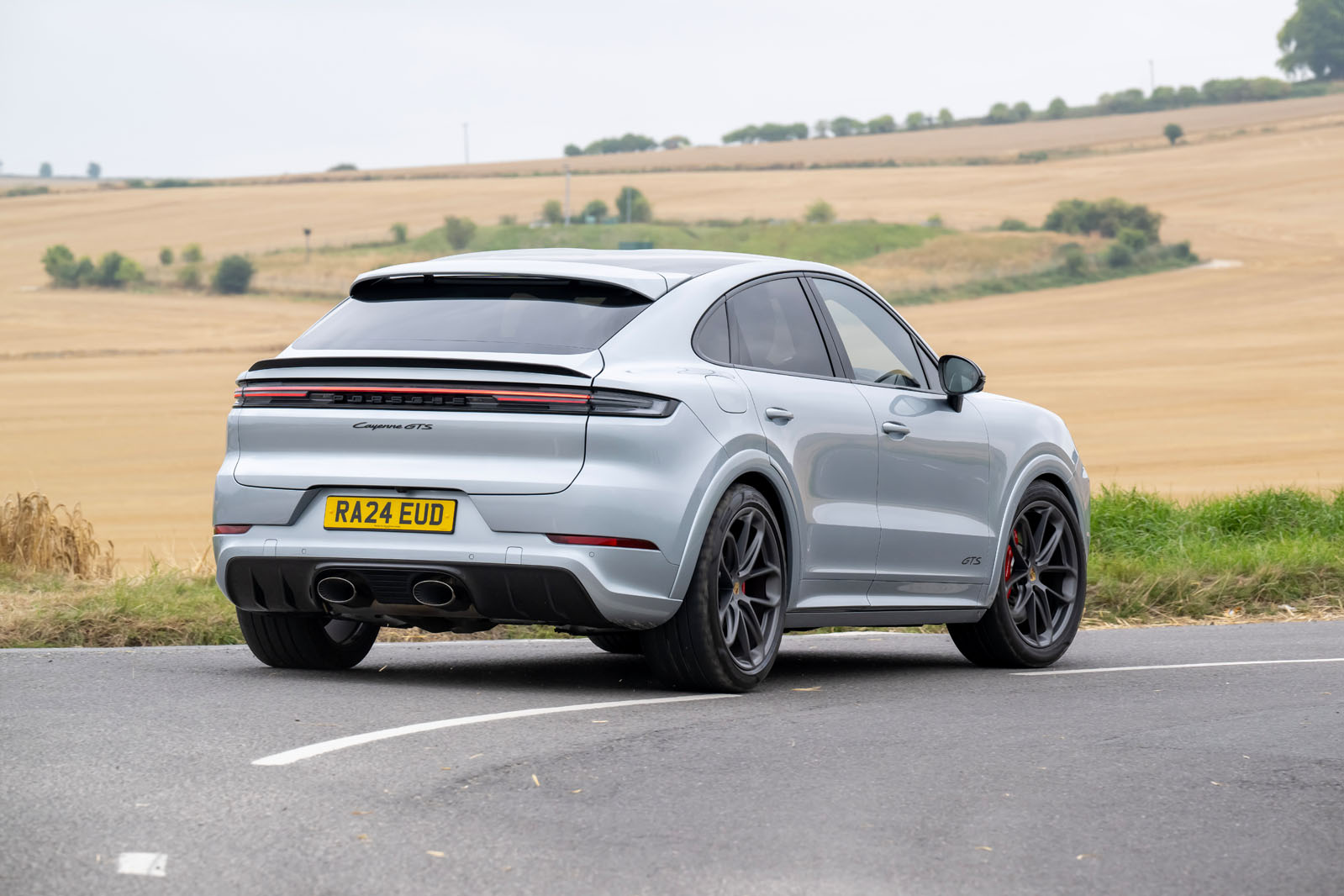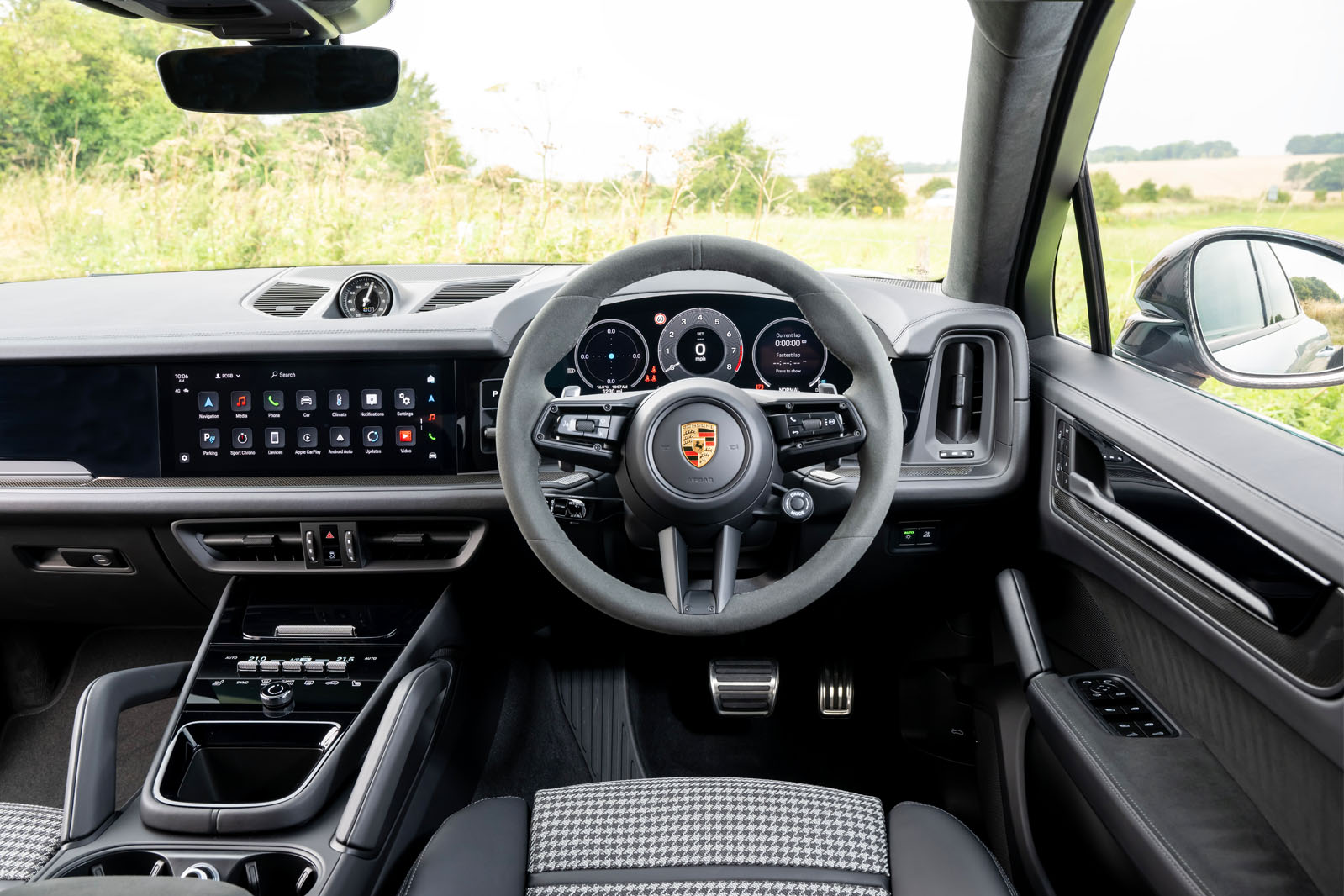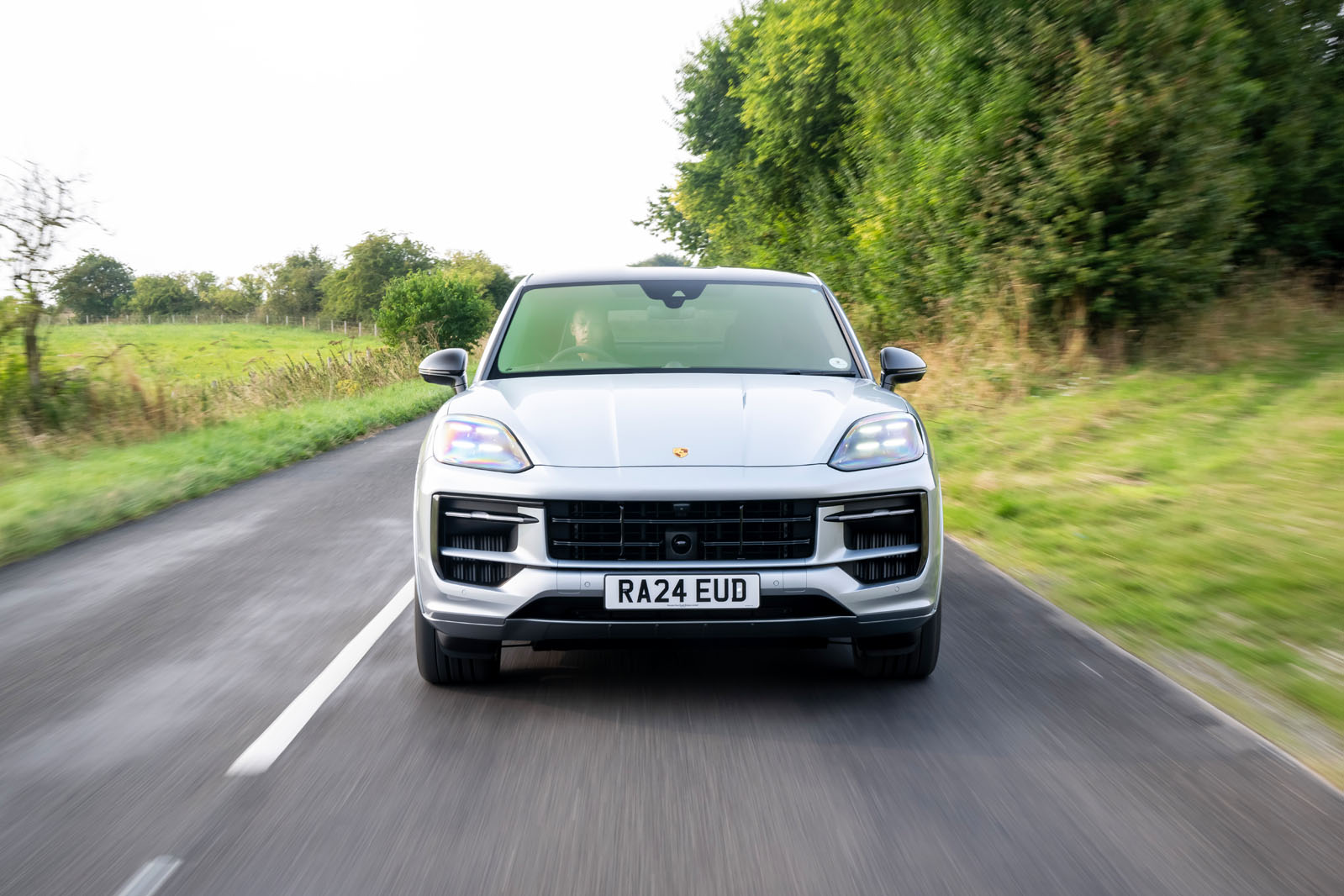More rakish versions of luxury SUVs can be tricky cars to rationalise on paper because they typically offer slightly less cabin and boot space and less associated utility value than the cars on which they're based, yet they also cost a little more.
In the case of the Porsche Cayenne Coupé, however, that decision is made a little simpler. Because if you want 'the ultimate' Cayenne - the car at its most desirable and dynamic to drive, both of which remain the best reasons to want one in the first place - the case is simple: buy the Coupé. Porsche's derivative structure and options packages make the swoopier version of the car the only one you can have with its most exotic weight-saving measures, whether you're buying a top-of-the-range Turbo E-Hybrid with GT Package, or a lower-level GTS Coupé.
A rival for high-end versions of the BMW X6, Mercedes-Benz GLE Coupé and Range Rover Velar, the Cayenne Coupé is pretty much mechanically identical to the standard Cayenne. It has recently received one of the most extensive product upgrades in Porsche's history. There's the usual stuff - new screens, new suspension, more power, more efficiency - plus a slight change of under-bonnet engine philosophy (the S is again powered by a V8).
All of this is geared towards keeping the Cayenne feeling fresh, because from 2026, it will sit alongside the technically unrelated Cayenne Electric.
New Porsche Cayenne Coupe cars in stock




